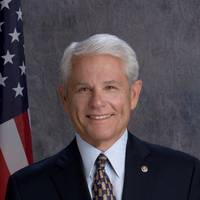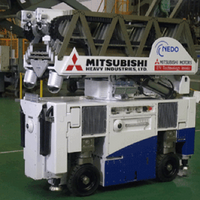Navy League Past National President Daniel B. Branch Dies at 75

The Navy League of the United States mourns the death of its past national president, Capt. Daniel B. Branch Jr., USN retired. He died on Oct. 21, 2013, of complications from mesothelioma cancer at the age of 75. Memorial services will be held Thursday Oct. 24, at 2 p.m. at St. Ambrose Episcopal Church, 7520 South Boulder Road, Boulder, Colo. Burial services will be held at a future date at the U.S. Naval Academy, Annapolis, Md. Dan was born in Greenbelt, Md., in 1937, and graduated in 1959 from the U.S. Naval Academy.
MHI Unveil 'Super Giraffe Robot'

The newly developed remote control Giraffe Robot can reach up to 8 meters to control valves in hostile environments. Mitsubishi Heavy Industries (MHI) has developed a remote-controlled robot, dubbed the 'MHI-Super Giraffe (MARS-C), which is capable of working at heights up to 8 meters (m) and moving freely in areas inaccessible by humans in, for example, highly radioactive environments. By changing the robot arm and/or tool attached at the arm end, the MARS-C can perform various tasks including valve opening/closing and radioactive decontamination work.
Oil Markets Adjust to Japan’s Disaster
Singapore, 16 March — The 11 March earthquake and tsunami in Japan, and the continuing nuclear crisis that they triggered, will have significant repercussions in global energy markets, according to international energy price reporting agency Argus. Japan will rely more on oil for power generation at least until the end of this year, altering regional balances for some grades of crude and providing a large boost in demand for low-sulphur fuel oil (LSFO). And it will seek additional LNG supplies. The quake and tsunami knocked nuclear plants with 11GW of generating capacity off line, and another 1.1GW nuclear plant was shut for maintenance at the time, leaving 25pc of Japan's nuclear capacity shut after the disaster.







